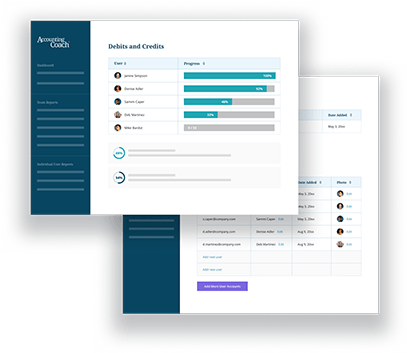Definition of Bond’s Price
A bond’s price is the present value of the following future cash amounts:
- The cash interest payments that occur every six months, plus
- The lump sum cash amount that occurs when the bond matures
Typically, a bond’s future cash payments will not change, but the market interest rates will change frequently. The change in the market interest rates will cause the bond’s present value or price to change. For instance, if a bond promises to pay 6% interest annually and the market rate is 6%, the bond’s price should be the same as the bond’s maturity value. However, if the market rate increases to 7%, and an existing bond is promising to pay only 6%, the 6% bond will not be worth its face value or maturity value. For it to be sold, the price will have to be less than the maturity amount. However, if the market rates drop to 5%, an existing bond that is promising to pay 6% will be very attractive. As a result, this bond will sell for more than its maturity value.
In summary, an existing bond’s price or present value moves in the opposite direction of the change in market interest rates:
- Bond prices will go up when interest rates go down, and
- Bond prices will go down when interest rates go up
Example of a Bond’s Price
Let’s assume there is a $100,000 bond with a stated interest rate of 9% and a remaining life of 5 years. This means that the bond is promising to pay $4,500 at the end of each of the 10 remaining semiannual periods plus $100,000 at the end of the bond’s life. If an investor’s goal is to earn 9% and the market interest rate is 9%, the investor will pay $100,000 for the bond. However, if the market interest rates increase to 10%, any investor will be able to earn $5,000 semiannually on a $100,000 investment. Obviously, the 9% bond (paying only $4,500 semiannually) will not get sold for $100,000. To get sold, the price will have to be less than $100,000.
For an investor to buy the 9% bond in a 10% market, the bond’s price will have to drop to an amount that will provide the buyer with a yield to maturity of 10%. Let’s assume that the present value calculation indicates that the price would have to be $96,000. The cash payments of $4,500 every six months for five years on the $96,000 cash investment plus the gain of $4,000 (receiving $100,000 in 5 years versus the investment of $96,000) will result in the required yield of 10%.




